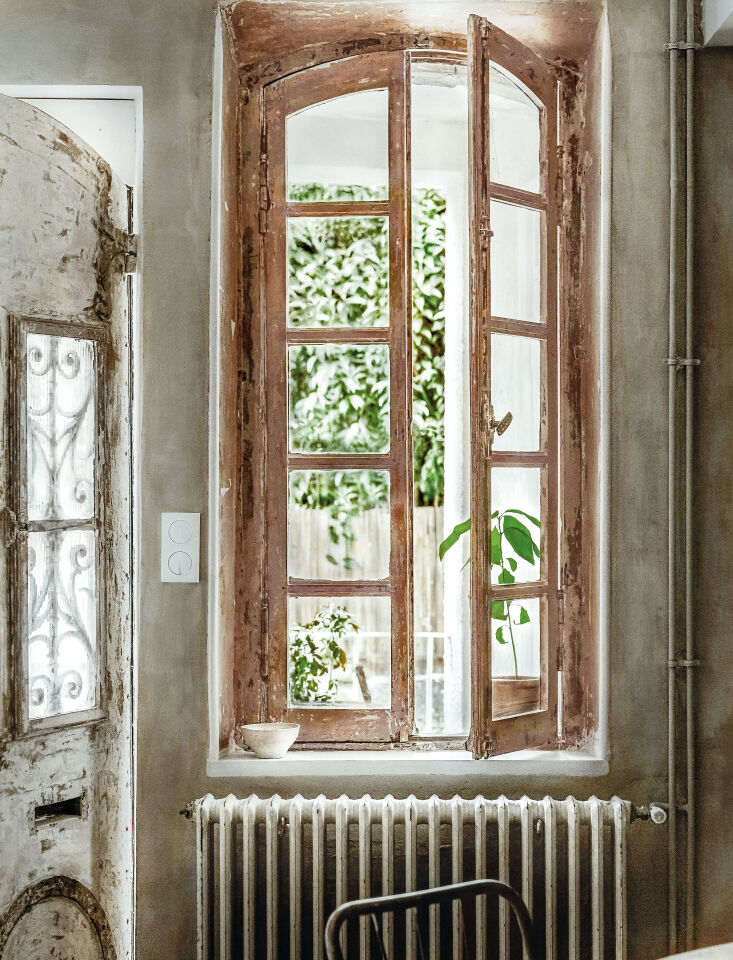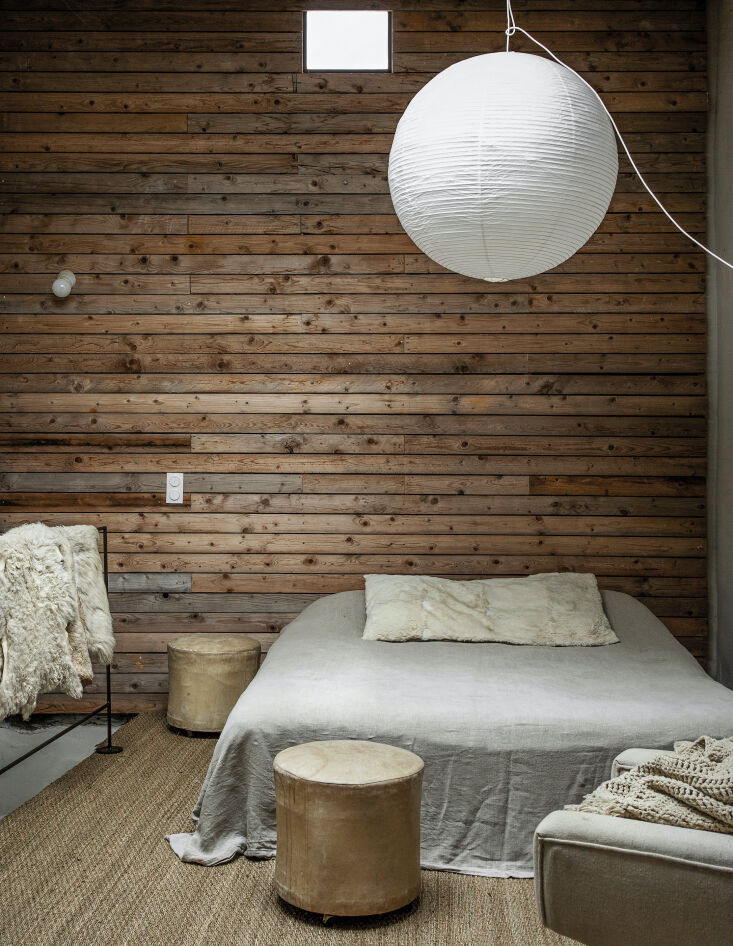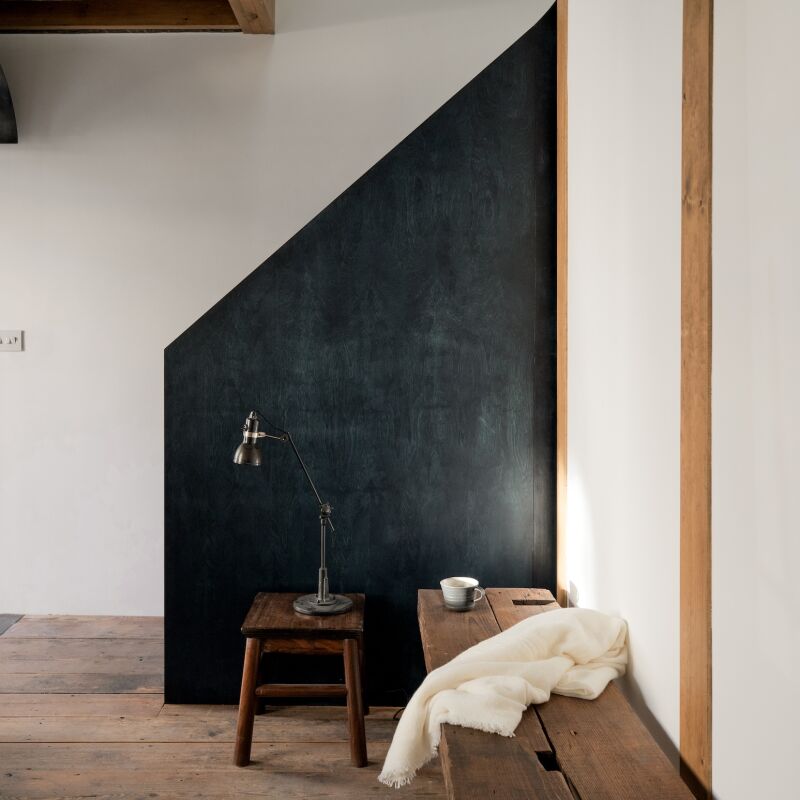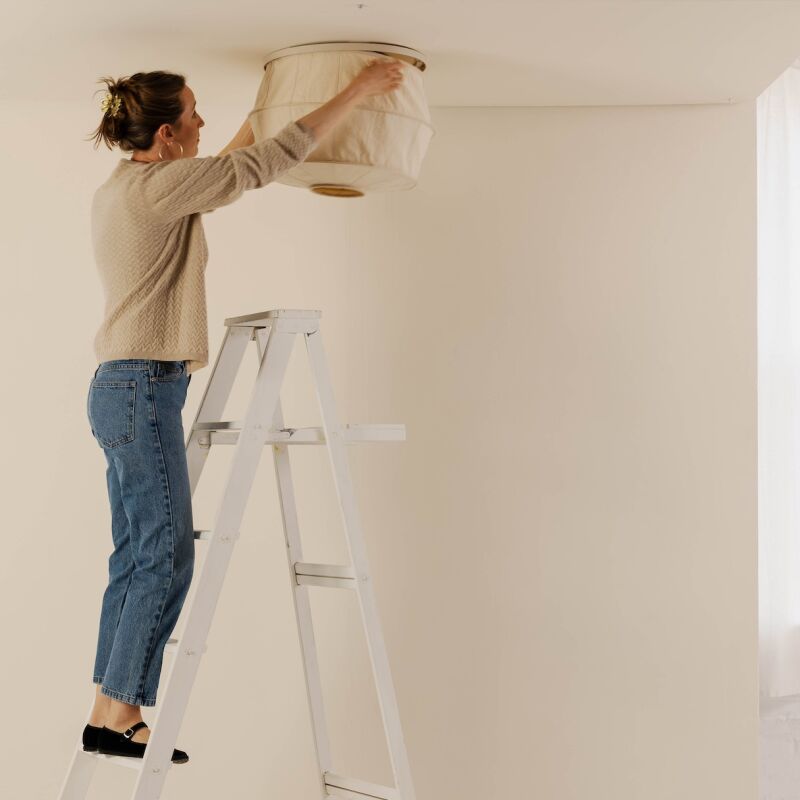Even if you don’t know the name Hilary Robertson, chances are you’ve admired her work. An in-demand creative director and interior stylist, she has been deftly “moving furniture around,” since childhood. Raised in England and now based in Brooklyn, Hilary, aka Mrs. Robertson, has created memorable visuals for a dizzying list of clients, from Elle Decoration and Vogue Living to Crate & Barrel and Benjamin Moore; developed products for the late lamented Bloomist; and recently co-designed vegan cantine Belse NYC.
Hilary’s look is that hard-to-achieve mix of minimalist and lived in, pale but alive with patinated surfaces and sculptural bits of nature. And she likes to have a hand from start to finish: along the way, she’s conceived, art directed, and written five standout interiors books, including The Stuff of Life and The Monochrome Home. Her latest, the just-published Nomad At Home, “dissects the desire to wander from the point of view of the design-led traveler.” The featured houses belong to two main types of wanderers: those who have furnished their home bases with souvenirs, and transplants who fell in love with a far-away place—in Hilary’s case, a former schoolhouse in Connecticut—and decided to stay put. Both use travel inspiration to inform how they live.
One of our favorite examples of the latter belongs to American interior designer September Moore and her South African husband, Colin Moore, who moved from Florida to France, and for years have been overhauling crumbling dwellings in the Languedoc. Hilary describes her friend September as “a dab hand at creating an elegant atmosphere with simple ingredients: her rooms, always in ancient French buildings, are the decorating equivalent of ‘le mot juste.'”
Join us for a tour of Chez Moore with Hilary as our guide.
Featured photography by Anna Malmberg for Nomad at Home by Hilary Robertson (@hilaryrobertson), courtesy of Ryland Peters & Small.

She and Colin sold their former house by posting tantalizing photos of it on Instagram (@septembermooreprojects) and moved into the historic residence where Colin’s chiropractic office had been located. “They then acquired a second fixer-upper on the corner of that same street,” reports Hilary and currently live in both places—and have recently started renovating a house in Mallorca.

September and Colin have become such practiced hands at remodeling that they tackle much of the work themselves: “When it comes to furniture and lighting, September’s mantra is ‘find
it (vintage), build it, or make it.’”

Go to Remodelista 101 for everything you need to know about limewash paint.






More Required Reading:
- Gesa Hansen’s “The French Art of Countryfication”
- Billy Cotton’s Interior and Design Work
- Remodelista In Maine
And consider pre-ordering our forthcoming book, Remodelista: The Low-Impact Home.
Frequently asked questions
What is the book Nomad at Home about?
Nomad at Home by Hilary Robertson is about how to bring the relaxed, eclectic style of modern nomads into your home.
Who is the author of Nomad at Home?
The author of Nomad at Home is Hilary Robertson.
What is the style of Nomad at Home?
Nomad at Home focuses on an eclectic and relaxed style that combines traditional and contemporary elements.
What are some of the tips provided in Nomad at Home?
Nomad at Home provides tips on how to mix patterns and textures, incorporate unique and handmade items, and create a cozy atmosphere.
How is Nomad at Home different from other design books?
Nomad at Home focuses on a specific style that emphasizes a relaxed, well-traveled aesthetic. It provides practical tips for incorporating this style into your home.
Where can I buy Nomad at Home?
Nomad at Home can be purchased on Amazon, Barnes & Noble, and other online retailers.
Is Nomad at Home suitable for beginners in design?
Nomad at Home is suitable for both beginners and experienced designers, offering inspiration and practical tips for incorporating a relaxed, eclectic style into your home.
Are there any specific design elements and styles that are discussed in Nomad at Home?
Nomad at Home covers a wide range of styles and design elements, including vintage and handcrafted items, pattern mixing, natural materials, and global influences.





Have a Question or Comment About This Post?
Join the conversation